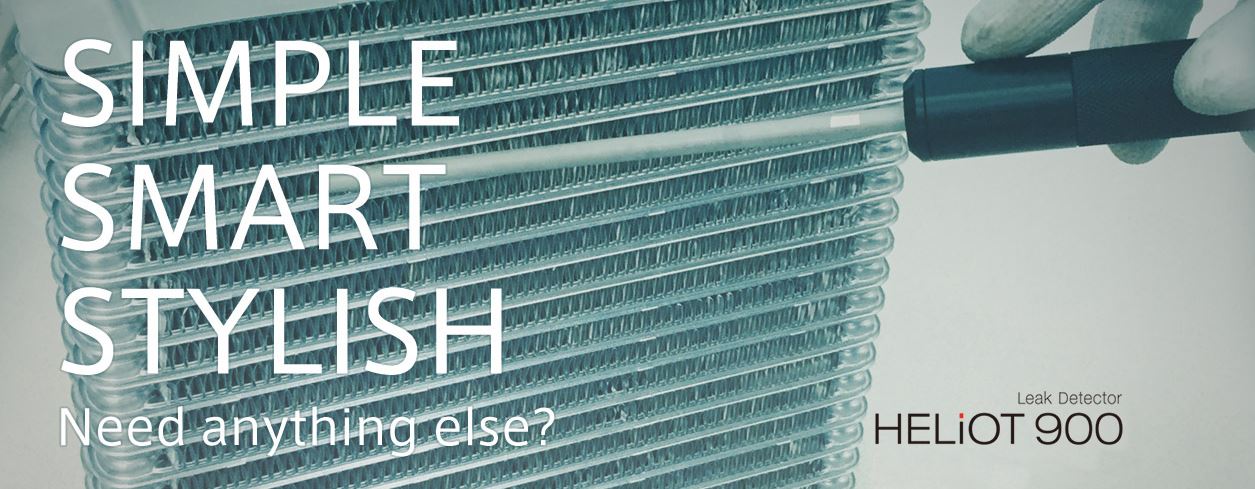This post is also available in: Japanese
*This article was released in “Technical Journal No.79 published in June, 2015”
3.2 Micro current detection circuits
Micro ion currents must be accurately measured in order to measure smaller leaks, so micro current detection circuits are important elements that determine the performance of HLDs as is the case with ionization gauges5) and residual gas analyzers6).
In the development of this line, microprocessors were installed onto the micro current detection circuit boards. These microcomputers process most of the operations that are directly related to signal measurement such as sampling, filtering, switching ranges, and calculating output values, without relying on the main boards. The transmission method for sending data to the main boards has been changed from analog voltage to digital communication. The per formance of operational amplifiers and analog-to-digital converters has been significantly improved compared to the existing models. The output from operational amplifiers is directly converted to digital signals from analog, which allows the signals to be received with a high signal to noise ratio and fine leaks with a minimum detectable leak rate of 5× 10-13 Pa・m3/sec to be detected. In addition, the response speed was increased while noise was reduced relative to the leak rate by setting the number of moving average filtering based on the current values to be measured. The series has three filtering modes: FAST, NORMAL, and SLOW, so that the filtering mode can be selected based on the application.
In addition, circuits have been simplified, which reduced the number of components; two printed wiring boards are used on the existing models, but only one board is used on this series, so the cost and size was reduced.
3.3 Electric systems and software
The “HELIOT 900 series” uses industrial 7-inch tablets with the Android OS as displays and they can be used as wired or wireless remote controllers. The orientation and angle of the stands that come with the HLDs can be freely changed, so the tablets can be used by standing them up, hanging them, or as remote controllers. As a result, when performing leak tests with vacuum equipment or by the sniffer method, the controllers used for display and operations can be moved away from the main units without being restricted by layout and cable length for improved user convenience.
The designs of the screens displayed on the tablets are simple and easy to understand. Measurement values can be visually understood with graphs, meters, and values displayed on test screens by setting set points to change the color of the graphs and values displayed. In addition, the range and measurement time can be changed by pinching in and out of the graph sections (Figure 5). Seven languages are available as before; Japanese, English, Korean, Simplified Chinese, Traditional Chinese, German, and Spanish.

The main four new functions are listed below.
1) Calibration of sniffer flow rate with built-in calibrated leaks
The flow rate is displayed by calibrating the sensitivity with the calibrated leaks built into the HELIOT units, so an external calibrated leak is not required for the sniffer. In addition, the method can be switched between the vacuum method and sniffer method after the startup of the detectors, so if leaks are found by the bell jar method, the leak locations of the DUT can be detected without restarting the detectors.
2) Vent setting
The posttest vent control method has been redesigned. The available settings include automatic, manual, and disable.
Automatic: The gas will be discharged upon completion of tests.
Manual: The gas will not be discharged upon completion of tests. The test start/finish button on the test screen changes to the vent button. The gas can be discharged at any time.
Disable: The gas will not be discharged at all.
In addition, a new function was added to set the amount of time for which the gas is discharged. This function stops the discharge after the set time has passed. This function is useful when connecting N2 and other gases to the vent lines to discharge the gas and purge air for a certain period of time.
3) Data logging function
Optional communications software exclusively for PCs used to be required in order to save the leak rate and other measurement data. With the “HELIOT 900 series”, all the measurement data from start to finish is saved in one CSV format file to the micro SDs that come with the displays. The saved data includes the date, leak rate, and pressure values of the internal Pirani vacuum gauges. This allows users to manage data more easily.
4) Cycle tests
The cycle test function has been improved to make it easier to use. This function allows tests by the spray, hood, bell jar, and immersion methods to be automatically performed without using external PLCs.
The hood method procedures are as shown below;
(1) Start vacuuming (pressure judgment)
(2) Start detecting helium (background monitoring)
(3) Start spraying helium (pass/fail judgment)
These operations are automatically controlled.
Various times, criteria, and other items can be easily set on the setting screens. Test screens exclusively for cycle tests have been provided, so the current test processes can be checked and if an error occurs, the test process with the error can be identified.
The connection of external input/output signals is designed to be compatible with the “HELIOT 700 series” excluding the RS232C connectors. In addition, compatibility with leak test systems that were manufactured for the former “HELIOT 300 series” can be maintained by using signal convertors (optional). This design makes replacing the HLD easy.
The “HELIOT 900 series” also inherits a function in which, when helium mixture gas is used, the coefficient is calculated based on the concentration values and after the user inputs the coefficient, the value converted to pure (100%) helium gas is displayed.

